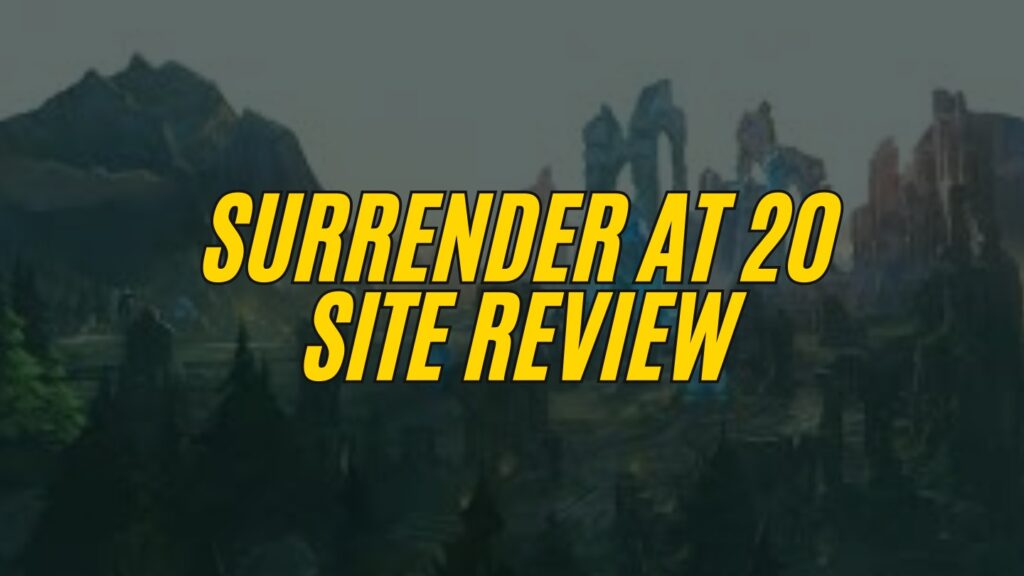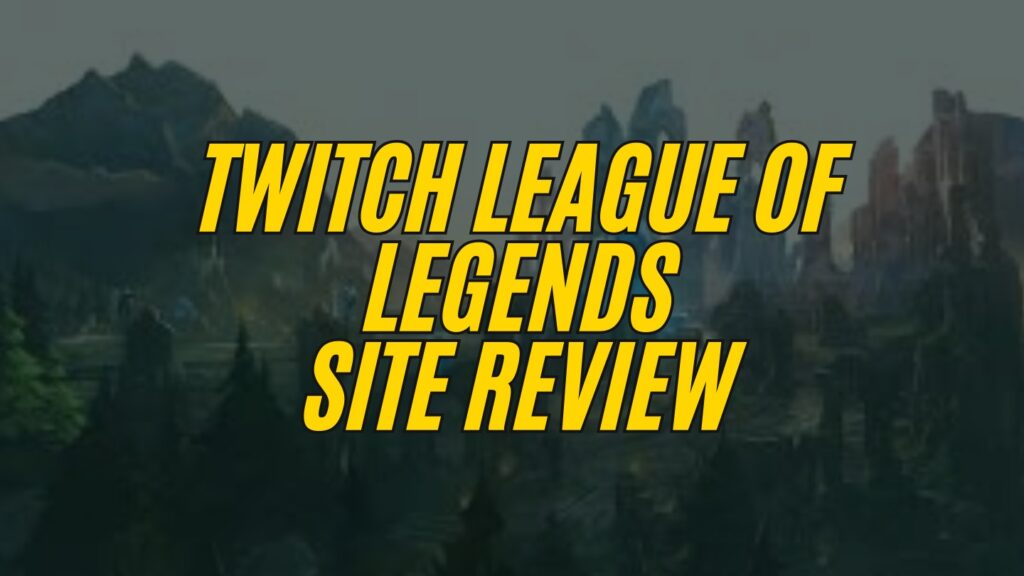League of Legends, a phenomenon in the world of esports, holds complexities that keep both new and veteran players on their toes. One such aspect peppered with strategy and debate is the concept known as “Surrender at 20.” For those deeply entrenched in the Summoner’s Rift, understanding this feature can shape how you approach every match.
Understanding the “Surrender at 20” Mechanism
“Surrender at 20” refers to the ability for a team to concede a match after reaching the 20-minute mark. This feature introduces a crucial strategic decision: when continuing a game feels futile, a surrender vote can tilt the game’s momentum, impacting players’ morale across both teams.
Historical Context: The Evolution of Surrendering
League of Legends has evolved considerably since its inception. Originally, surrendering was only available at 25 minutes, a mechanic that aimed to balance competitiveness with players’ time. The introduction of “Surrender at 20” provided more flexibility, allowing teams who find themselves at an unwinnable disadvantage to opt-out and regroup for the next match.
Key Considerations for Opting to “Surrender at 20”
Tactical Recognitions
- Game State Analysis: Before initiating a surrender vote, it is critical to assess whether the deficit in gold/experience can realistically be turned around. Consider enemy champions scaling into late game compared to your own.
- Team Composition and Power Spikes: Analyze if your team composition benefits from late-game strength. If your champions excel in late stretches, consider expanding effort instead of surrendering.
- Morale and Team Communication: The impact of a team’s morale cannot be understated. Consult your teammates and discuss if continuing poses a worthwhile challenge.
- Objectives and Map Control: Evaluate the control of key objectives like dragons, Baron Nashor, and turrets. Failing to contest these objectives could indicate a point where surrender becomes viable.
Psychological Influences
- Player Enthusiasm: Surrendering might demoralize some players. Always gauge your team’s willingness and optimism.
- Competitor Pressure: At high ranks, top teams often hold out hope due to their skill levels and understanding of the game’s nuance, offering a surprise comeback.
“Surrender at 20” Statistics and Trends
Understanding trends can help inform your decision on when to surrender. Analyzing data from past games indicates that certain matchups with early game dominance are less likely to lose. For example, statistics often show a higher win rate for teams with certain high-impact champs performing well in early stages.
Cases from Competitive Play
- Professional Matches: Rarely do we see surrendering due to a high level of expertise. Watching these matches offers a learning experience in strategy and persistence.
- Community Scrims and Tournaments: In unofficial settings, surrendering becomes more common, reflecting adaptability and strategic retreat.
The Ethics and Etiquette of Surrender at 20
Opting to “Surrender at 20” should reflect strategic retreat rather than defeatism. It’s crucial to maintain respect for all players involved, valuing effort and teamwork over individual frustrations.
Consensus Building
- Discussing with Team: It’s imperative to open conversations around why surrendering may or may not benefit the team. Final decisions should lean on democratic voting.
- Educational Engagement: Use post-match reviews to understand why surrender was opted and what could be improved in future games.
Staying Positive and Constructive
Ensuring that surrender votes and discussions remain constructive helps maintain a positive community environment. Sharing genuine insights rather than blame forms the backbone of productive gaming experiences.
Alternatives to Surrendering: Turning the Tides
- Adaptive Resilience: Place focus on adaptive gameplay where strategic changes can pivot the game.
- Learning from Losses: Viewing early defeats as classroom settings rather than setbacks encourages continual improvement.
Conclusion: Mastering the Art of Surrender
The “Surrender at 20” feature is more than just an escape from a difficult game; it is a strategic tool that requires wisdom and foresight. By improving our understanding and approach, we contribute not only to our skill set but also to the community’s ethos, enhancing the experience for all Summoners.
For further insights into “Surrender at 20” and its impact on gameplay, please refer to Riot Games’ Patch Notes for the latest updates and community discussions. Additionally, you may visit League of Legends’ community section to stay up to date with conversations happening within the game’s vibrant community.
Frequently Asked Questions about League of Legends
What is ‘Surrender at 20’ in League of Legends?
‘Surrender at 20’ is a game feature that allows a team to concede a match after reaching the 20-minute mark. This strategy is employed when a team feels that the game is unwinnable, allowing them to exit the match and regroup for the next game.
When should a team consider using ‘Surrender at 20’?
A team should consider surrendering at 20 after analyzing their deficit in gold and experience, ensuring it is unlikely to be overcome. Evaluate factors like team composition, map control, and team morale to decide if continuing the game poses a worthwhile challenge or if surrendering is strategic.
How has the ‘Surrender at 20’ rule evolved over time?
Originally, League of Legends allowed surrendering only after 25 minutes to balance competitiveness with time investment. The rule has evolved to allow surrendering at 20 minutes, giving teams more flexibility to opt-out of unwinnable games and move on to the next match.
What impact does surrendering have on player morale?
Surrendering can negatively impact some players’ morale, as it may be seen as giving up. Effective communication and consensus-building within the team are crucial to ensure that surrendering is viewed as a strategic choice rather than a sign of defeatism.
Are there alternatives to surrendering if a team wants to turn the game around?
Yes, instead of surrendering, teams can focus on adaptive resilience, making strategic changes to their gameplay. Viewing the current game as a learning opportunity can enhance team coordination and performance, potentially leading to a comeback.
How can analyzing professional matches influence decisions about surrendering?
Professional matches rarely feature surrenders due to players’ high skill levels and in-depth understanding of the game. Analyzing these matches can provide insights into strategic perseverance and highlight ways to seize comeback opportunities, even when facing challenges.
Visit LOLNOW.GG to get all the latest news and updates about LOL and League of Legends!




